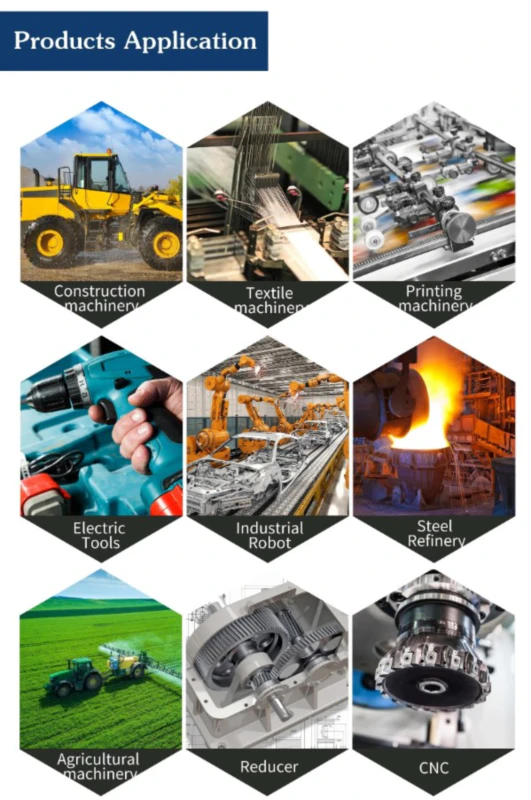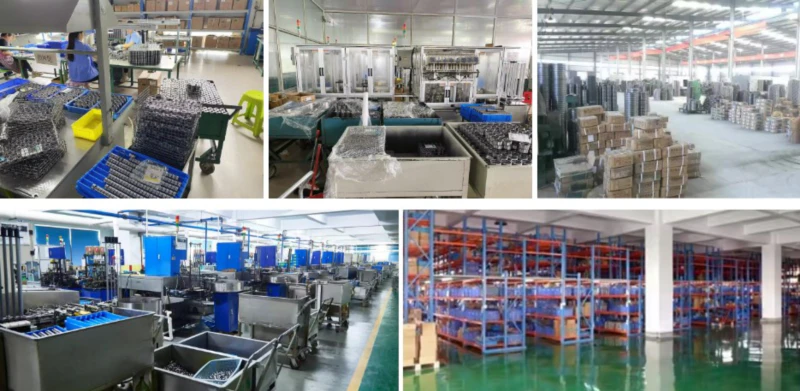Track Bearings Bearing Failure Mitigation Strategy
Introduction
Track bearings are essential components in various industries, providing support and facilitating smooth movement in machinery and equipment. However, bearing failures can occur due to various factors, leading to costly downtime and repairs. In this article, we will discuss effective strategies to mitigate track bearing failures and ensure optimal performance.
1. Proper Lubrication Techniques
One crucial aspect of preventing bearing failures is ensuring proper lubrication. Lubricants act as a protective barrier, reducing friction and wear between the bearing surfaces. Different track bearings require specific lubricants, so it is crucial to follow manufacturer recommendations and guidelines. Regular lubrication maintenance should be performed to prevent dry running and excessive heat generation.

2. Correct Installation Procedures
Improper installation can significantly contribute to bearing failures. It is vital to follow the recommended installation procedures provided by the manufacturer. This includes ensuring proper alignment, correct preload, and appropriate torque values. Additionally, using specialized tools and equipment can aid in achieving the desired installation accuracy and prevent premature bearing failure.
3. Effective Sealing Mechanisms
Contamination is a significant cause of bearing failures. Implementing effective sealing mechanisms can prevent the ingress of dirt, dust, and other contaminants into the bearing assembly. Seals and shields should be selected based on the operating environment and application requirements. Regular inspections and maintenance of the sealing systems are crucial to ensure their effectiveness.
4. Adequate Load Management
Excessive loads can lead to premature bearing failures. It is essential to understand the load capacity and limitations of the track bearings used in specific applications. Distributing the load evenly across multiple bearings or implementing load-sharing mechanisms can help prevent overloading on individual bearings, reducing the risk of failures.
5. Regular Inspection and Maintenance
Regular inspection and maintenance play a vital role in identifying potential issues before they escalate into bearing failures. Scheduled inspections should include checking for signs of wear, abnormal noise, temperature variations, and vibration. Any detected anomalies should be addressed promptly to avoid further damage and potential system breakdown.
Conclusion
By implementing the strategies discussed above, it is possible to mitigate track bearing failures and ensure the longevity and optimal performance of machinery and equipment. Proper lubrication, correct installation, effective sealing mechanisms, load management, and regular maintenance are all crucial elements in maintaining reliable and efficient track bearing systems.
About Our Company
Our company is a leader in the Chinese reducer market. We specialize in the production of various products, including servo reducers, plastic gearboxes, gear motors, worm gearboxes, worm wheels, and worm reducers. With state-of-the-art CNC production and assembly equipment, we are committed to providing high-quality products, competitive prices, and excellent customer service. Customization requests based on customer designs or samples are also welcomed.

Promotion and Contact Information
If you are interested in our products or have any inquiries, please feel free to contact us. We assure you of our top-notch products, competitive prices, and attentive service. Visit our website or contact us directly for more information.
Author: Czh